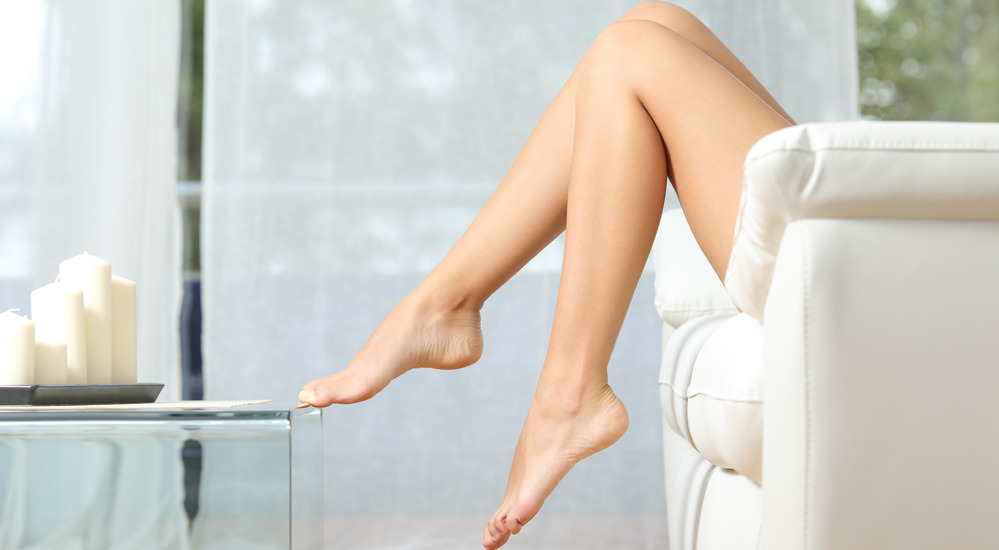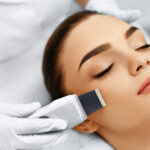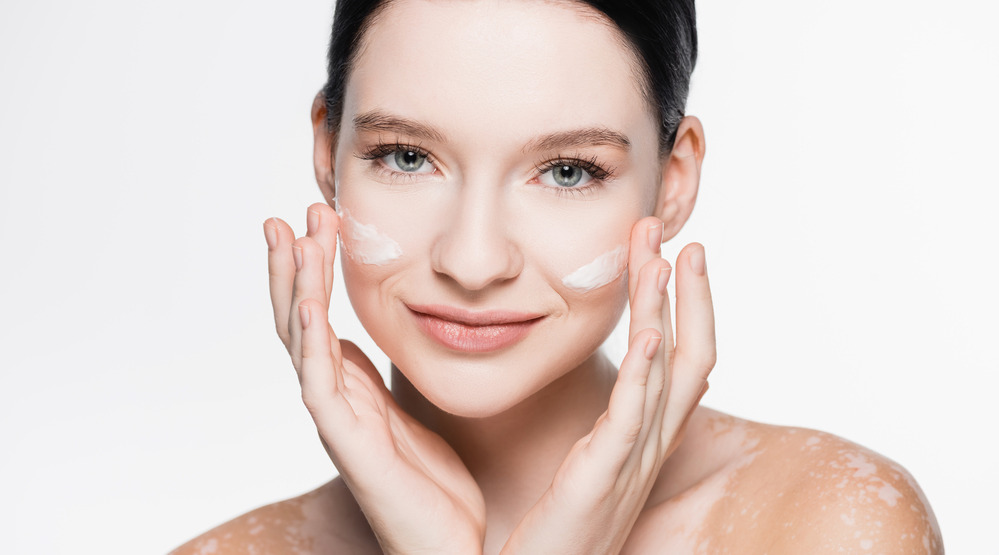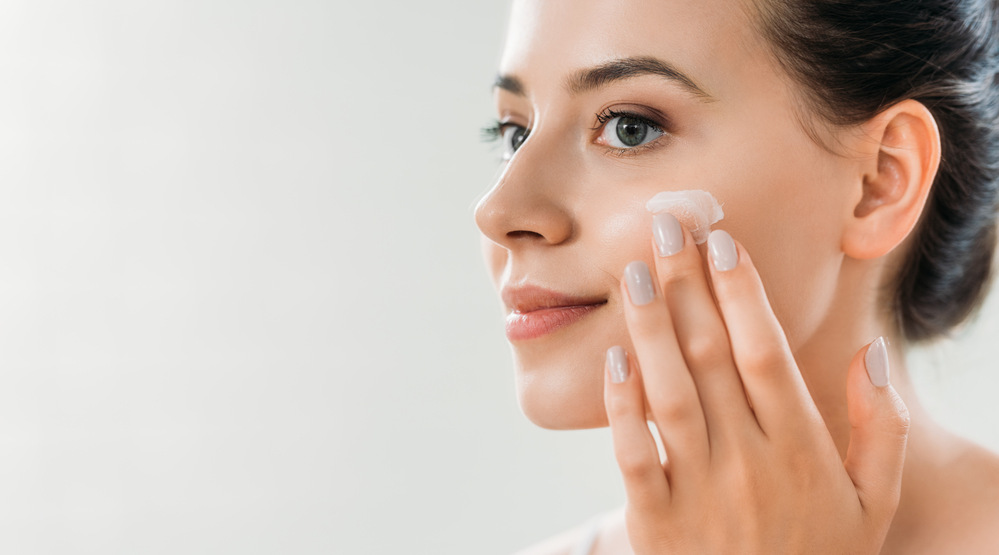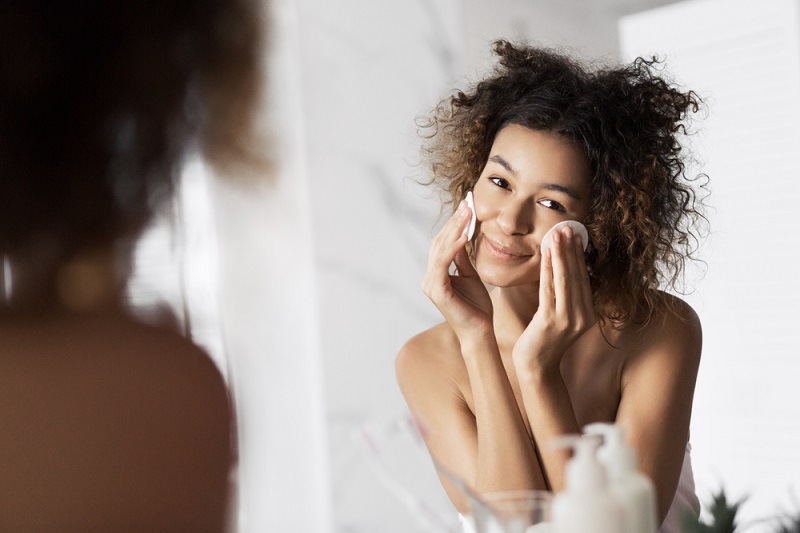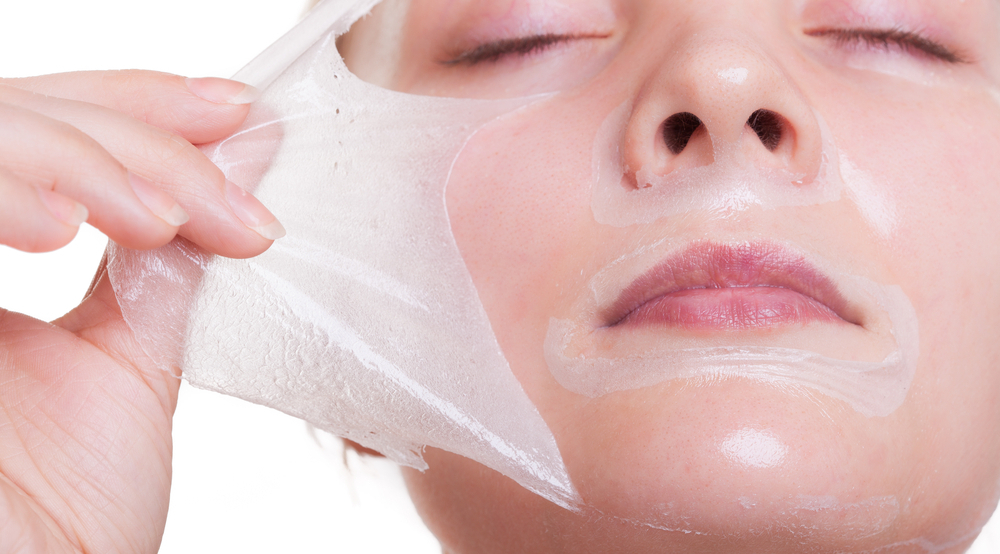The removal of unwanted body hair has been around for centuries and the many tedious processes available make this task a habitual one. Should you be considering a laser hair removal course, it would be well advised to commence this during autumn, winter, and spring months.
What is a Laser Hair Removal Course?
A laser hair removal clinic offers a professional service that uses a laser to remove unwanted body hair. This takes the form of a concentrated beam of light, in this case a laser beam, which creates heat energy that penetrates the hair follicles. The pigment in the hair follicle absorbs this energy and affects the process responsible for hair production.
The impact effectively delays the production of new hair growth. This light energy is not absorbed by the skin, only the pigmentation in the hair follicle is affected, so no damage is caused to the skin itself. With improved technology, these days people with different skin tones all have the option of safely removing unwanted body hair.
Although this process is highly efficient, it does not stop the growth immediately and multiple hair removal treatments are required initially. Subsequently, maintenance appointments can be made to keep everything in check.
How long does it usually last?
In today’s environment, lasers have come a long way from when they were first used for hair removal and the process is much more refined. Generally, the reason people decide to consider going the laser hair removal route, is to avoid the hassle of continuously removing body hair by either shaving, waxing, or plucking!
Bear in mind that although laser hair removal is permanent, new hair will eventually start growing back so touch-up appointments would be required. The question everyone asks is how long will laser hair removal last?
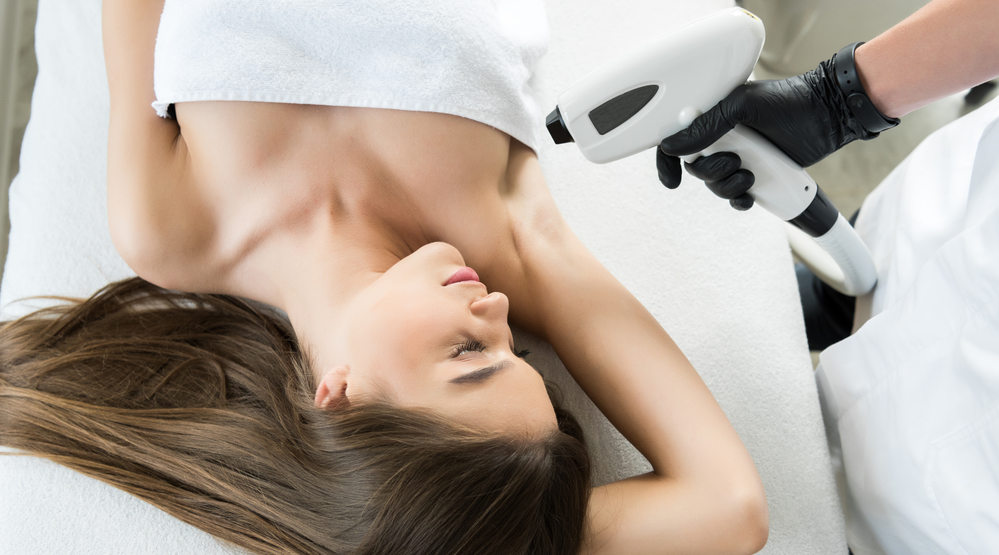
The timeframe can be different for various areas of the body. Coarse underarm hair will react and take longer to reappear as opposed to very fine lip hair which responds slowly and may reappear quicker. So, there is not a specific timeline as it depends on the hair type, but generally speaking, body laser hair removal should last in the region of 2 years before any touch-ups are required.
Is there a best time to start a laser hair removal course?
When preparing for laser hair removal consult with your practitioner before the start of the sessions to determine the appropriate procedure for you, and discuss any medication you are on. The ideal time to consider starting a laser hair removal course would be when your skin has not had exposure to the sun, so the winter and spring months are ideal as the sun exposure factor is low. Should you go out, apply a high SPF cream to protect your skin from the UV rays.

Why starting a Laser Hair Removal Course is best in winter?
Choosing the right time of the year to consider using a professional laser hair removal practitioner is easier when you are not exposed to the sun’s strong rays. The time between autumn and spring is ideal as winter allows us to keep covered up and laser hair removal makes your skin temporarily very sensitive to the sun’s rays.
This would also impact the course timeframe as it would be beneficial to have the process well completed before the onset of summer. People with tanned skin are discouraged from the procedure as the power of the laser equipment needs to be turned down, resulting in more laser treatments. So, a winter treatment option with paler skin will result in fewer treatments.
Clients would generally require a number of applications over a period of weeks, however, how often you need laser hair removal depends on the type of hair that that is being targeted. Facial hair, being finer, would require treatments around every 4-6 weeks and every 8-10 weeks for body hair.
These timeframes are a generalization as factors like age, medication, hormones, and genetics will influence the number of applications required and how often maintenance sessions are required after the initial application.
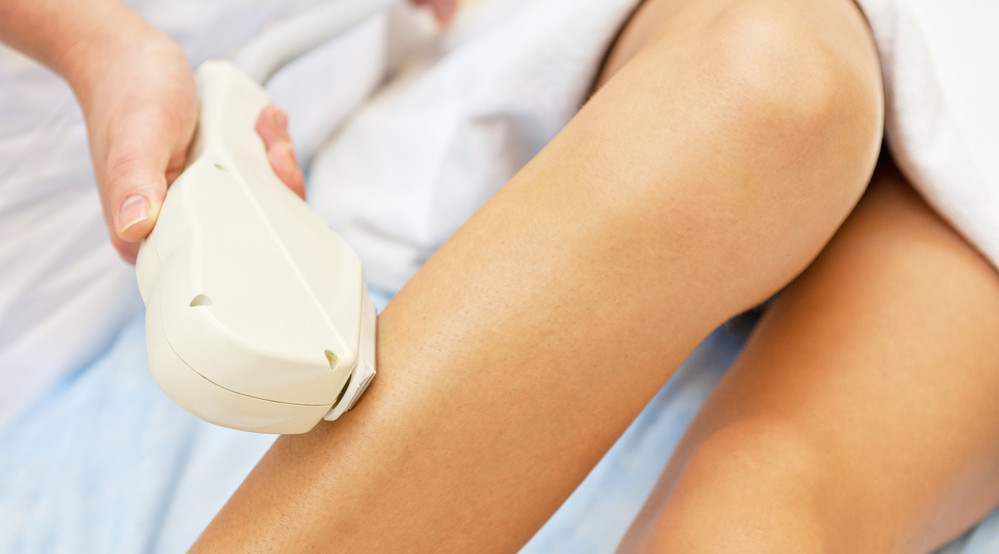
Active, regression and resting phases are the different stages of hair growth, and laser hair removal processes will be influenced by this. The laser hair removal process is designed to work on “active” hair growth, so between appointments, some hair will move from a resting phase to an active phase.
These hairs will not have been affected by the first laser application but will now be targeted. Dormant hair follicles are not affected and at some stage, they may become active and start growing hair again.
Final Thoughts
Besides the initial thought of a laser being used to destroy hair follicles, the idea of having silky-smooth skin, the reduction of ingrown hair and not having to maintain a shaving or waxing regime makes the decision an easier one.
How many laser sessions to permanently remove hair all depends on your physical attributes, as laser treatment performs differently on different people, however, the average timeframe is between 3 – 8 sessions to achieve permanent hair loss.
After the first treatment, you will see a reduction in hair growth. There are additional benefits that add to this choice, one being the cost-saving as no more expensive wax treatments are need and there’s less stress and effort required to maintain a weekly hair growth.
Planning when to start laser hair removal should commence during the winter months which is far more beneficial than during the warmer seasons. Should you consider a summer season laser removal course, bear in mind that avoiding the sun’s exposure is an important factor to consider.
This may hinder your activities during this time as you need to refrain from sun exposure for about a month after your final treatment to prevent skin damage and possible discoloration. In order to get a silky-smooth skin ready for summer, give yourself sufficient time during winter to avoid disappointment!
Latest News
- August 25, 2021
- August 25, 2021
- July 21, 2021
- July 20, 2021
- June 21, 2021
